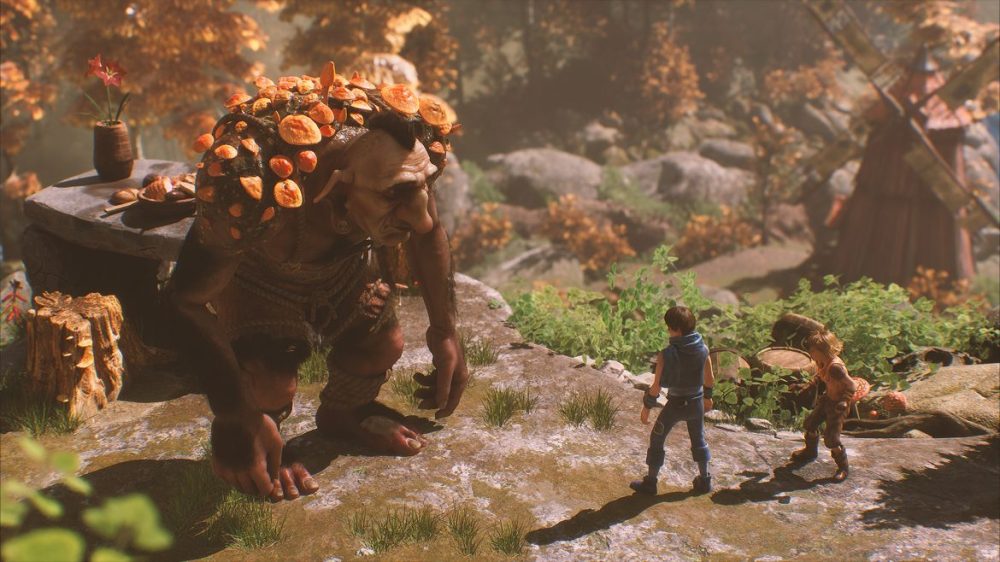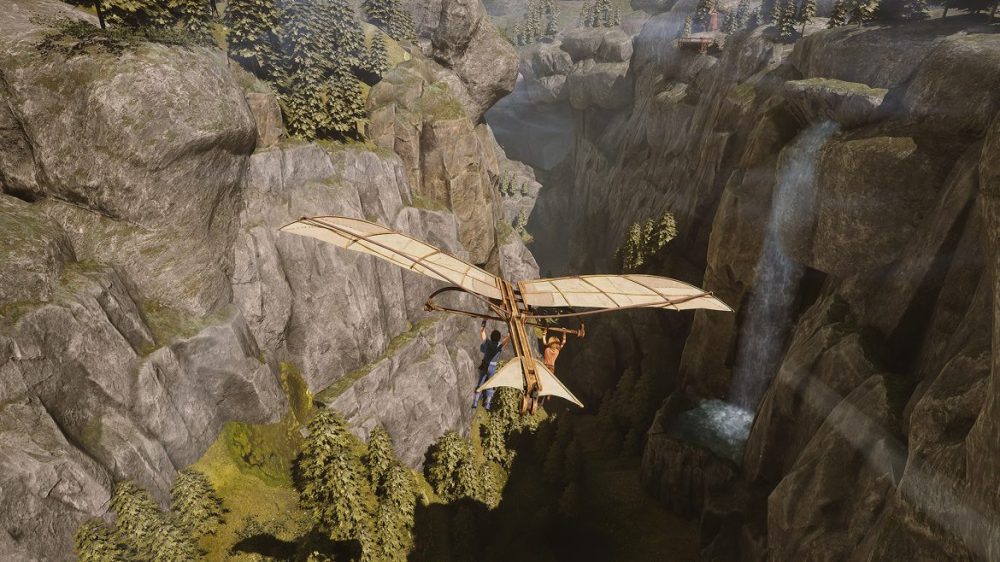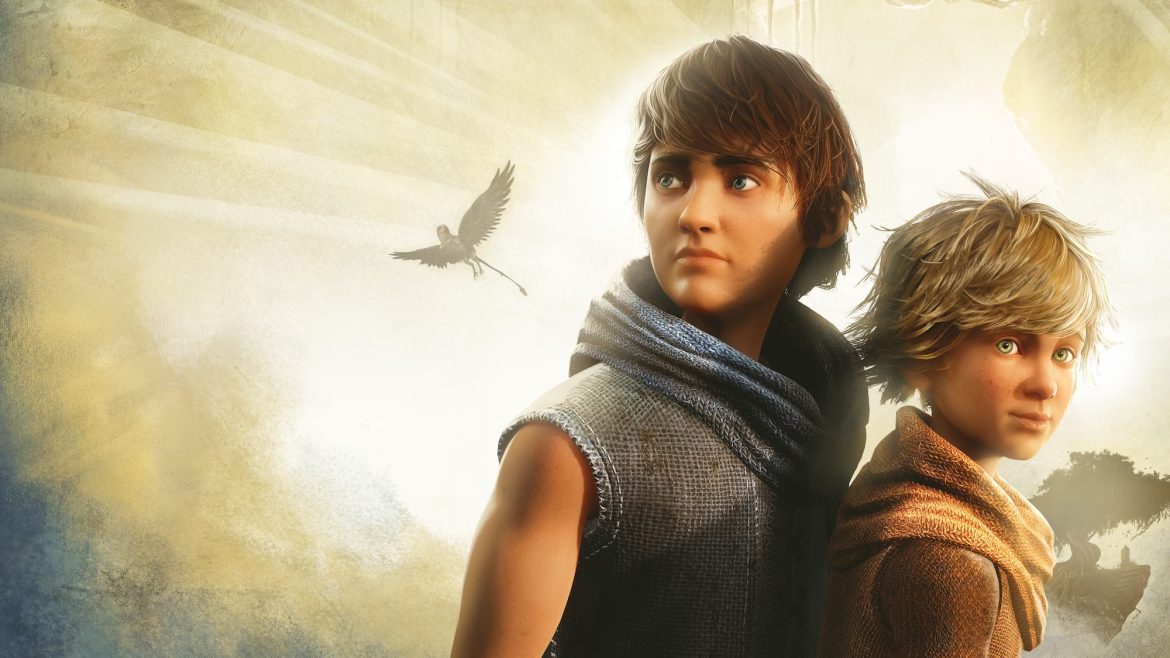TL;DR
Josef Fares' classic, Brothers: A Tale of Two Sons, is back with a visual overhaul using Unreal Engine 5. This isn't a true remake, but a substantial remaster that boosts contrast and lighting, creating a stunning yet desolate world. While the core gameplay and narrative about two brothers on a quest remain compelling, the graphical upgrades significantly impact performance, leading to frame rate issues. The unique dual-character control is still a highlight for puzzle-solving and creating an emotional bond, but can sometimes lead to frustrating precision challenges. Though it offers a more immersive experience on PS5 with haptic feedback, some feel the updated sound and design elements lose the original's intimate charm. Is this visually enhanced journey worth revisiting or experiencing for the first time? Dive into the full review to find out!
Eleven years have passed since former filmmaker Josef Fares released his debut video game, Brothers: A Tale of Two Sons, under Starbreeze Studios (prior to establishing Hazelight Studios). Starbreeze eventually sold the IP to 505 Games, who are now releasing a remake. This iteration leans more towards a substantial remaster, leveraging the capabilities of Unreal Engine 5. The central questions are: what enhancements does it bring to the gaming experience, and are these enhancements justified?

Brotherhood is a recurring theme in Fares’ work. He notably supported his younger brother, Fares Fares, in his early acting career with several prominent roles. His brother also featured in a leading role in Fares’ second game, A Way Out. It Takes Two, his most recent title, achieved significant commercial success and is arguably his best work to date.
Brothers: A Tale of Two Sons marks Fares’ initial foray into game development. While it involves controlling two characters simultaneously, its design emphasizes single-player gameplay, unlike his subsequent co-op focused titles. (Though co-op is supported, with each player controlling a character using a dedicated stick.) Playing solo offers a unique cognitive exercise, actively engaging both hemispheres of the brain.

What’s new in the Brothers: A Tale of Two Sons remake?
Beyond the visual enhancements, there are few fundamental changes. It’s important to note that Josef Fares was not directly involved in this remake; the project was undertaken by 505 Games, who commissioned Avantgarden studio. This may be an attempt to capitalize on the success of It Takes Two and renewed interest in the original. The updated graphics, powered by Unreal Engine 5, deliver a visually striking experience, rendering a game world that is simultaneously beautiful and desolate. However, these enhanced visuals come at a performance cost. The game struggles to maintain a consistent frame rate, impacted by the increased graphical fidelity. While generally acceptable, slowdowns can occur, negatively affecting gameplay.
Game Control and Interaction
The remake retains the control scheme, where players manage both brothers concurrently, each assigned to a thumbstick on the DualSense controller. This mechanic introduces compelling puzzle elements and fosters a strong connection with the characters. The PlayStation controller’s haptic feedback enhances immersion, providing a more nuanced experience of the game’s environments and narrative. However, precision can be an issue; a particular sequence requiring both brothers to jump onto moving platforms proves unnecessarily challenging due to less-than-ideal controls.

The narrative, centered on two brothers seeking to save their ailing father, remains compelling. However, alterations to the sound and design introduce a degree of artificiality, detracting from the original’s personal feel. The character models appear to have been subtly altered, resulting in a less distinctive, almost generic appearance. While recollection may be subjective (given the eleven-year gap since playing the original), it appears that the younger brother retains greater agility, while the elder possesses superior strength, a logical design choice that aids in puzzle-solving, such as the encounter with the aggressive dog.
Summary
Brothers: A Tale of Two Sons was a distinctive and engaging title upon its initial release. It remains so, and its problem-solving focus makes it suitable for co-op play, particularly with less experienced players. However, designating this release as a “remake” is inaccurate; it functions primarily as a remaster, with visual enhancements being the primary difference. The original indie title was well-received but not exceptional. Unfortunately, this new version feels somewhat rigid, and the technological upgrades come at a significant performance cost. If you are new to the game and enjoy the genre, it may be worth exploring on PS5. Otherwise, revisiting (or simply recalling) the original remains a viable option.
505 Games provided a review code for this assessment. The provision of materials does not influence our editorial evaluations.
